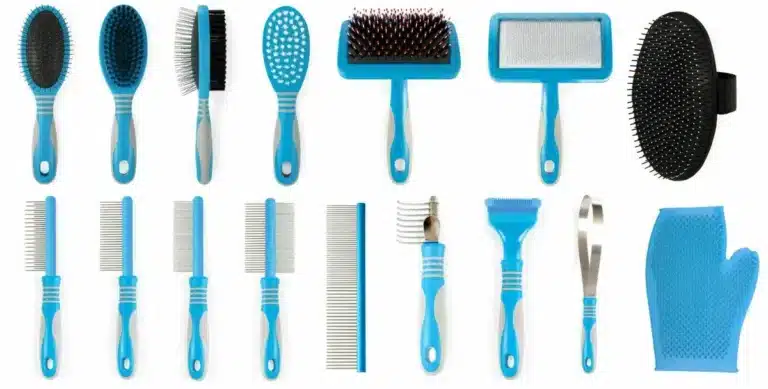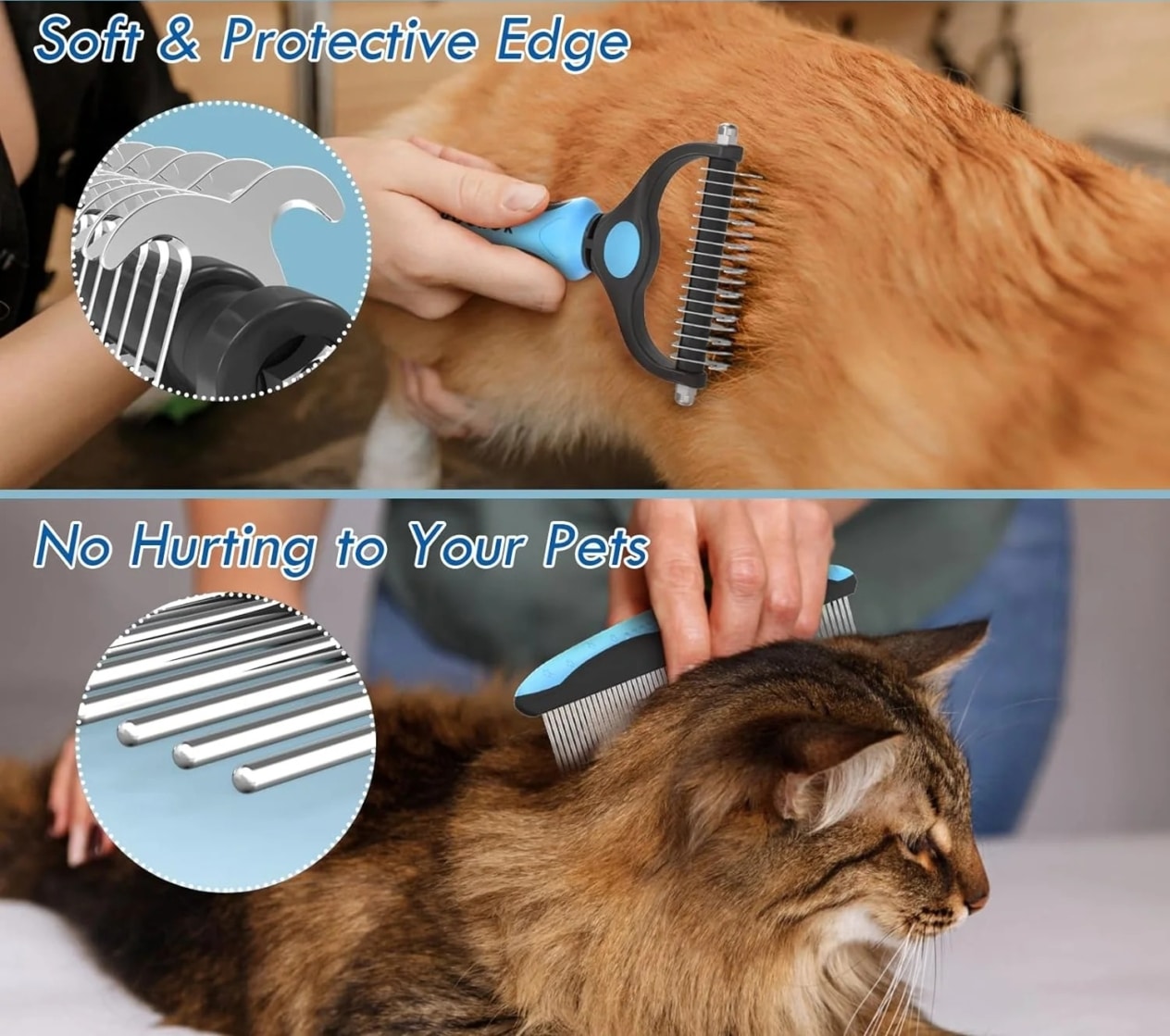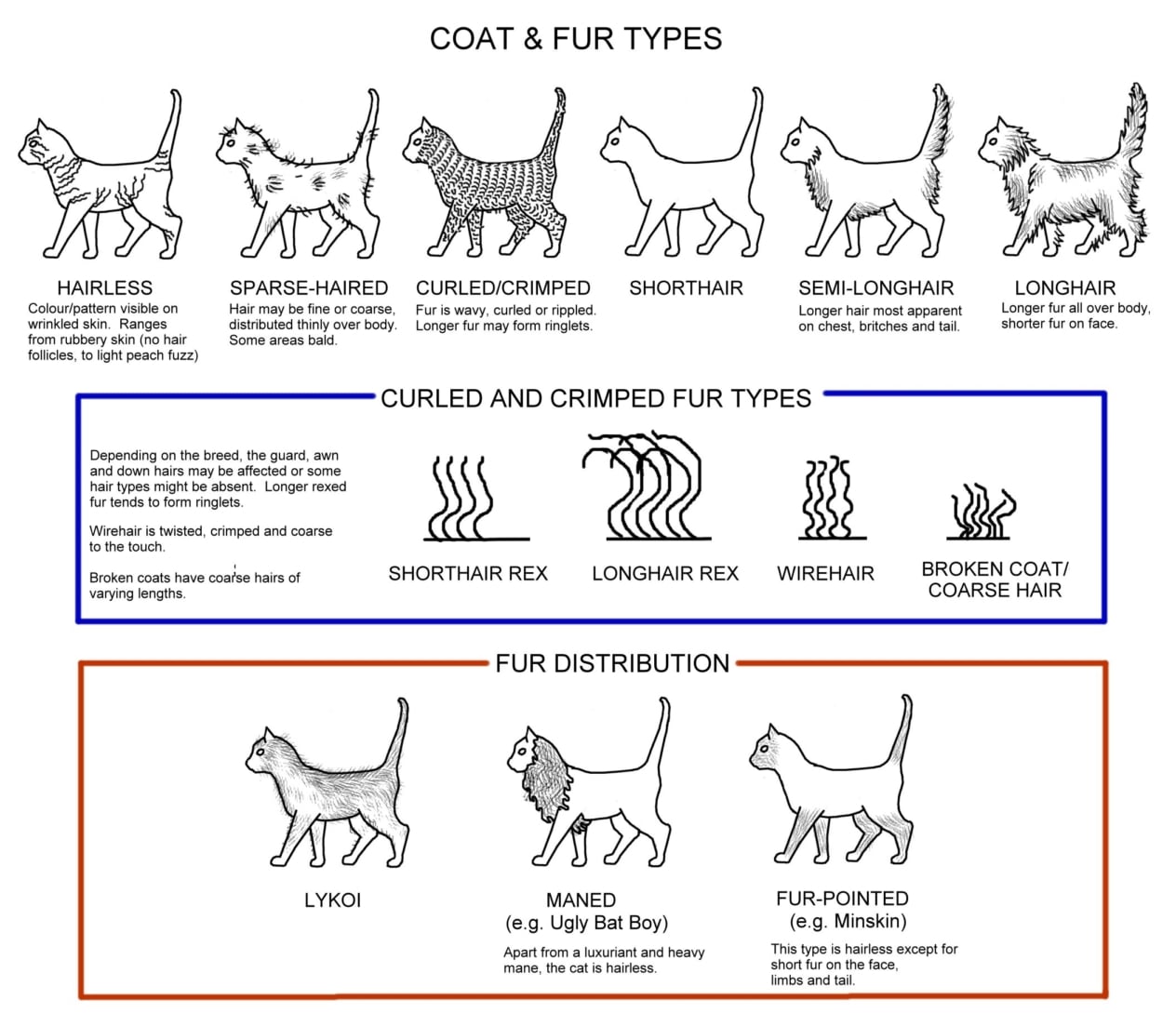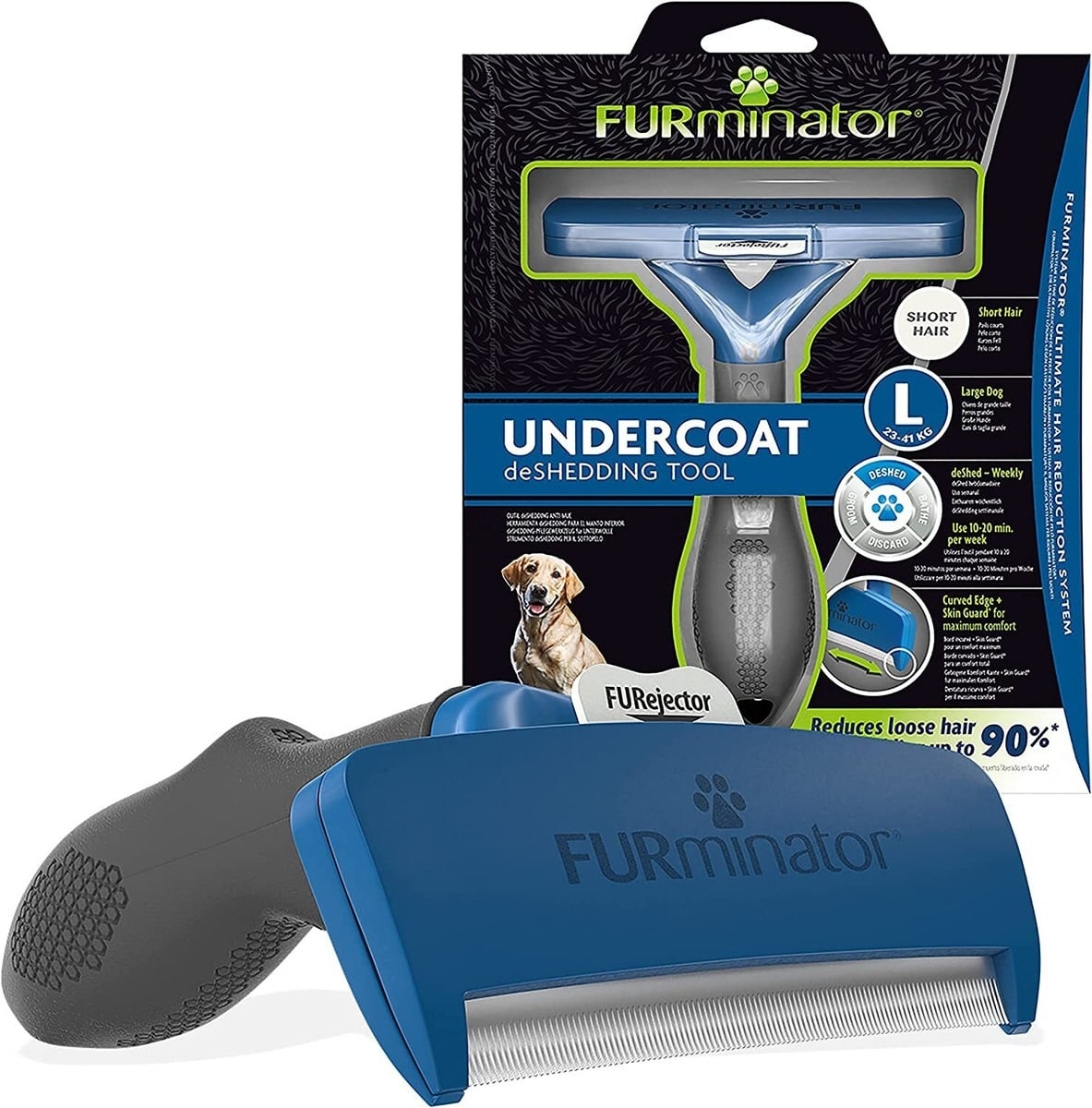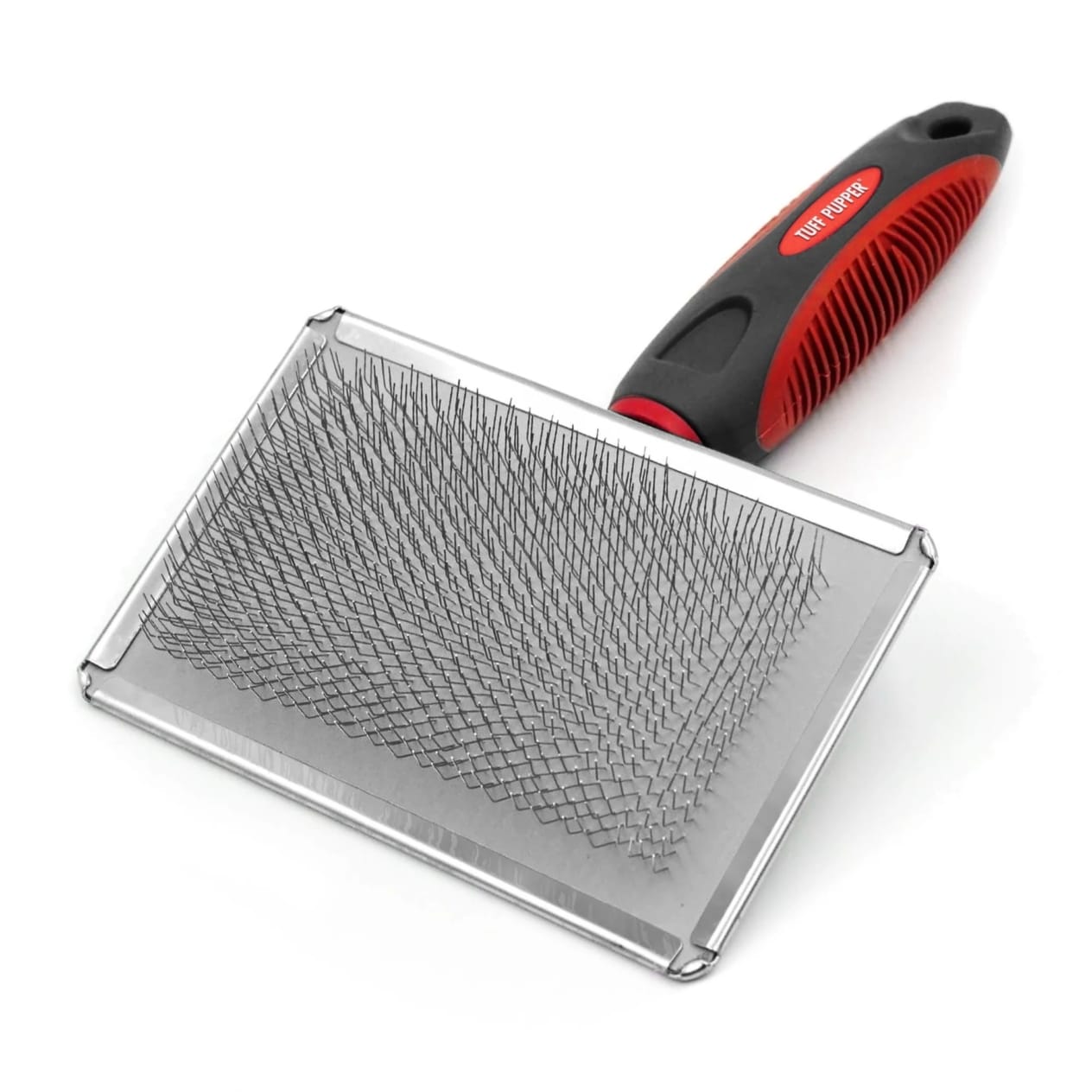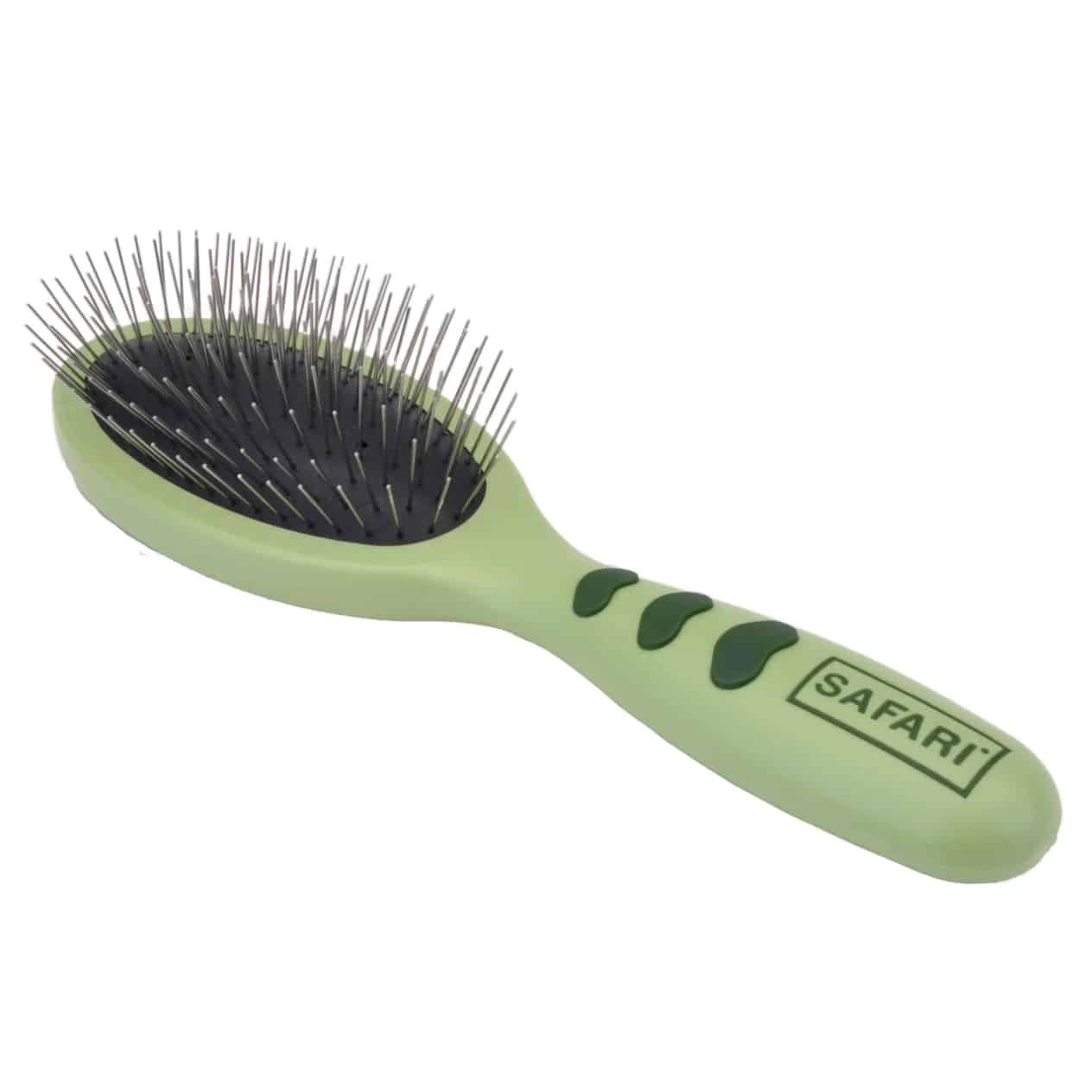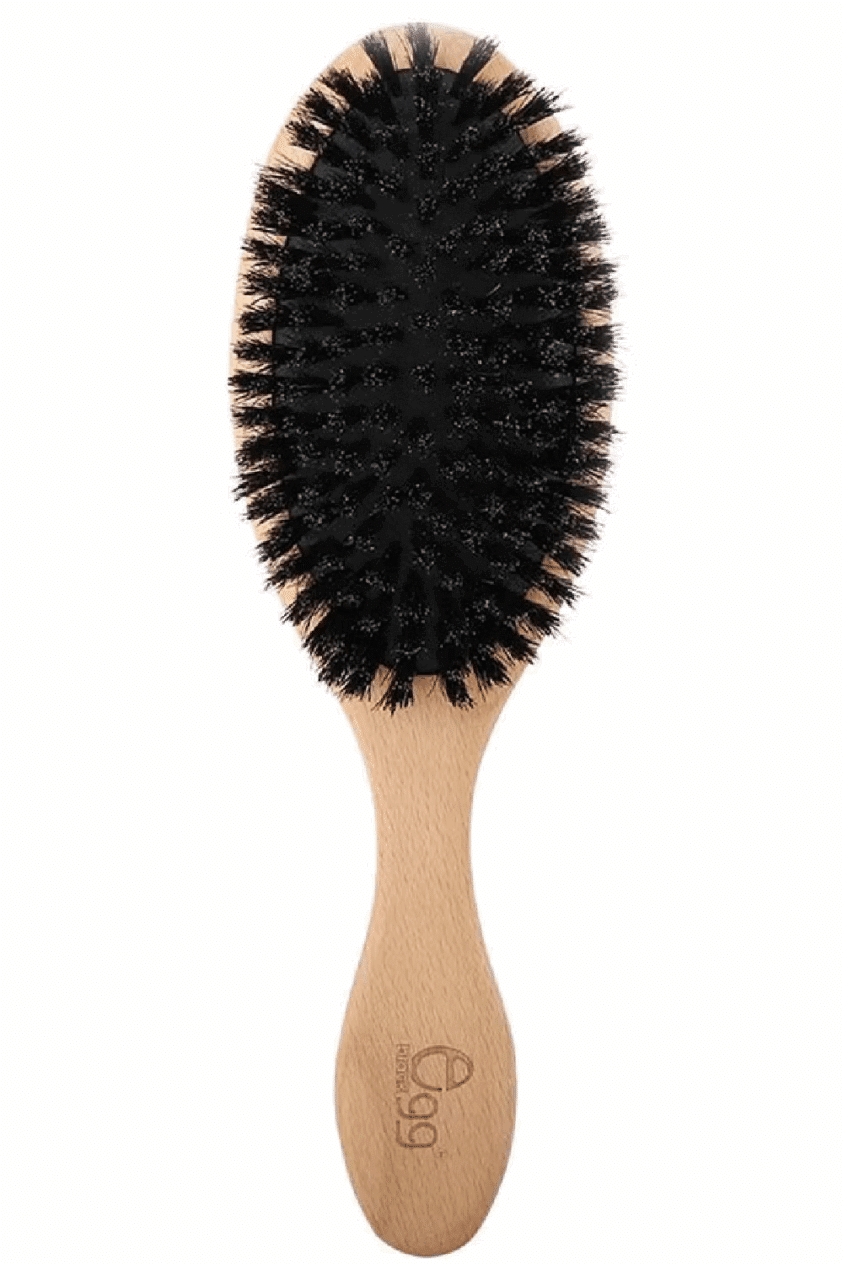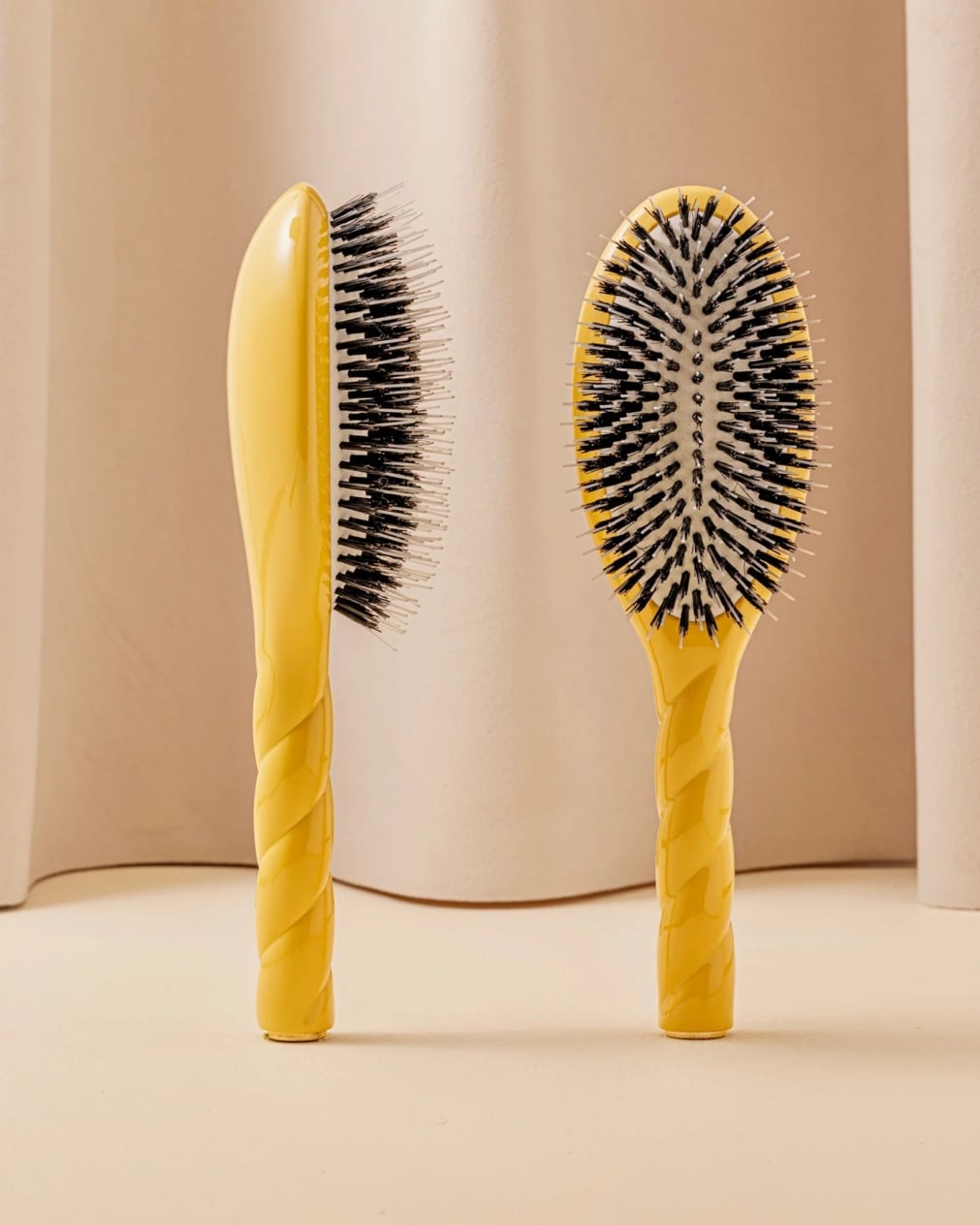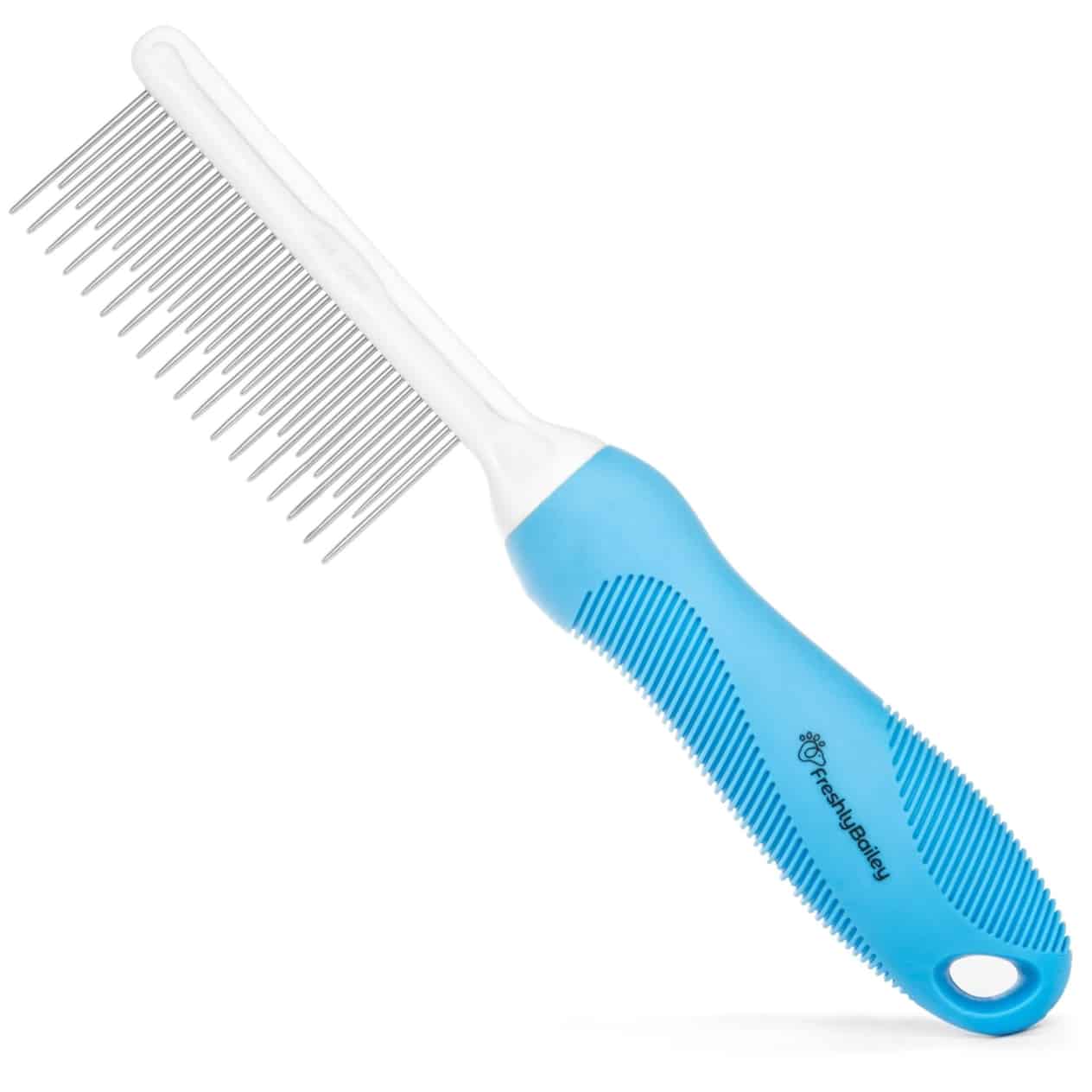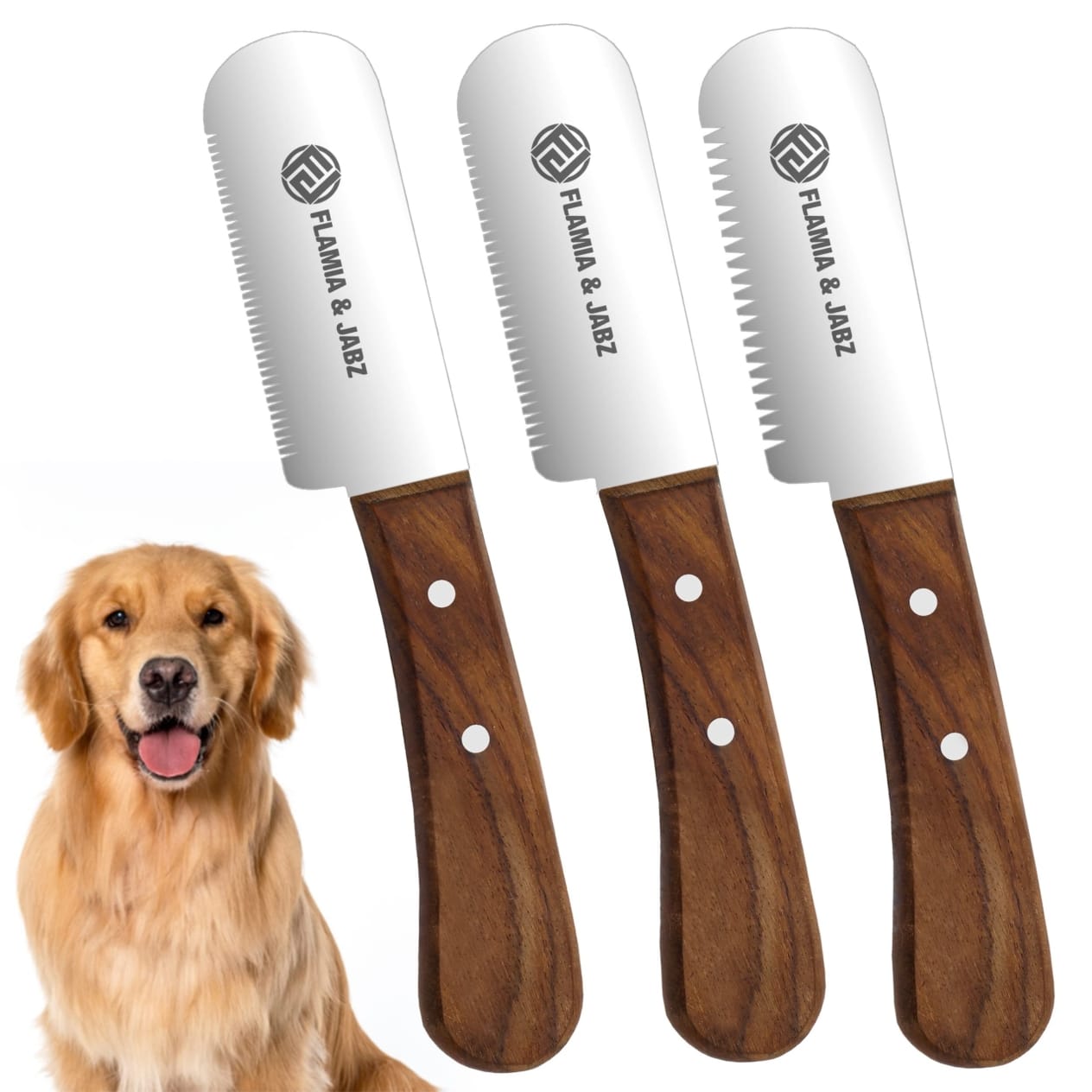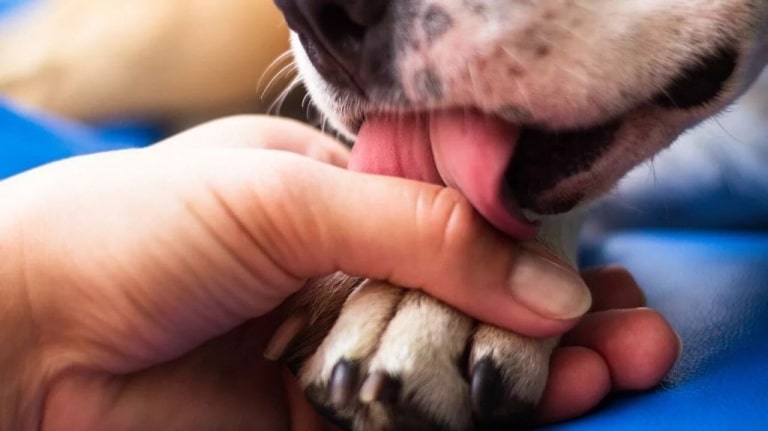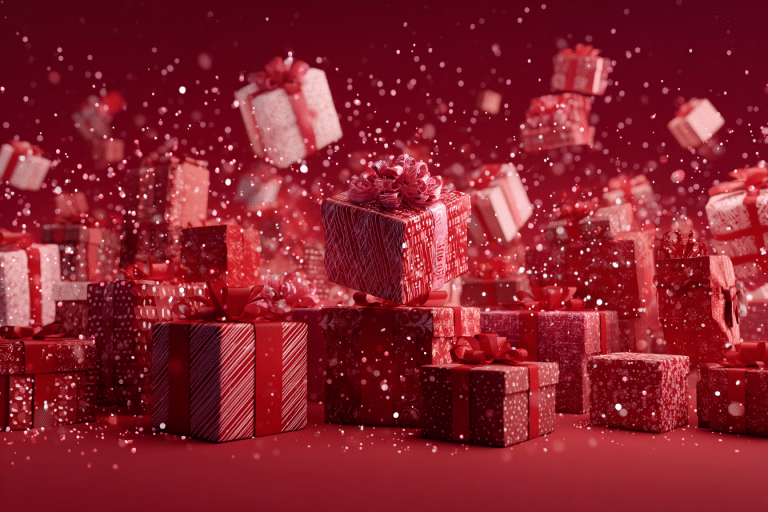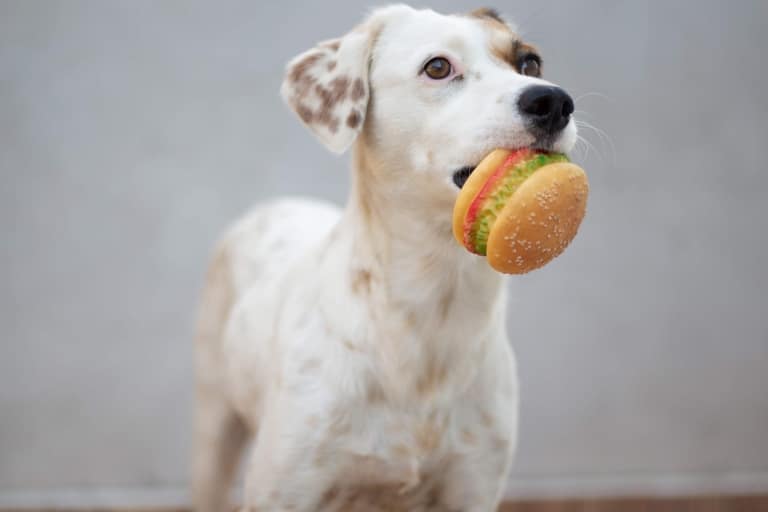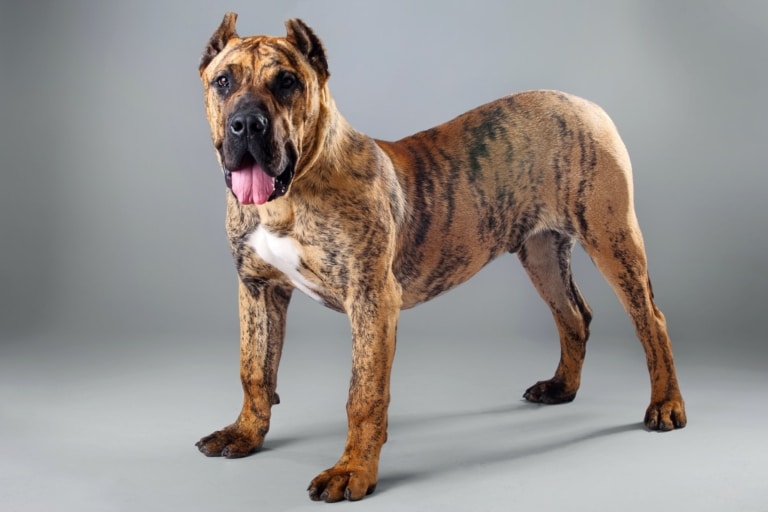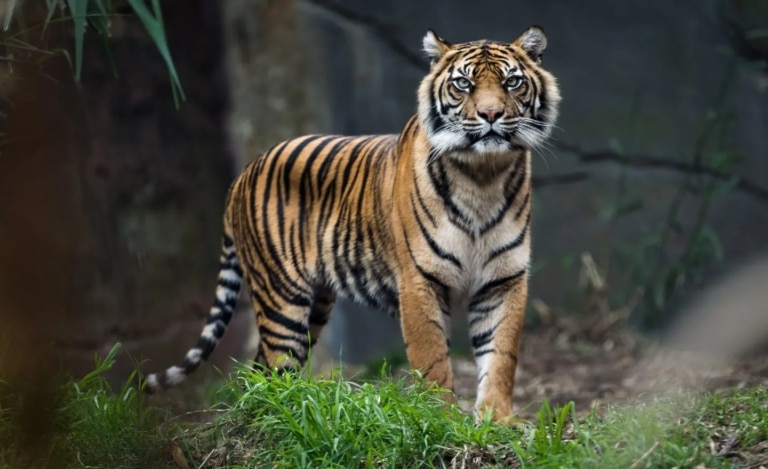Why can’t you just use one comb?
Most pet owners imagine a comb as something very simple: “the main thing is to have a handle and teeth”. And somewhere in the cupboard there is a single brush, which is used for both a British cat and a long-haired spitz. But the coat is an indicator of health, thermoregulator, immune armor and, if you want, a mirror of your care. And how you brush it is crucial.
Imagine: too sharp teeth tear the delicate skin, or too liquid a brush doesn’t pull out the undercoat, causing the coat to pile up in tangles. Or worse, a furminator is used on a breed with no undercoat, causing healthy hair to be pulled out and bald spots to appear. One wrong comb can ruin the coat for a long time – and you’ll hear from the groomer: “We’re not going to cut it now, because it needs to grow back”.
But it’s even worse when the animal associates combing with pain. Once pulled – and the cat or dog already runs away at the sight of the brush. Anxiety, defensive aggression, salivation – all because of stress.
Each hair has its own structure, density, direction of growth, length, seasonal shedding. Therefore, and the combs should be different: one for removing undercoat, another for final combing, another – for collapses. One – soft for daily grooming, another – “combat” for spring laziness. That’s how professional groomers work – and that’s why they deliver results that are almost impossible to achieve at home.
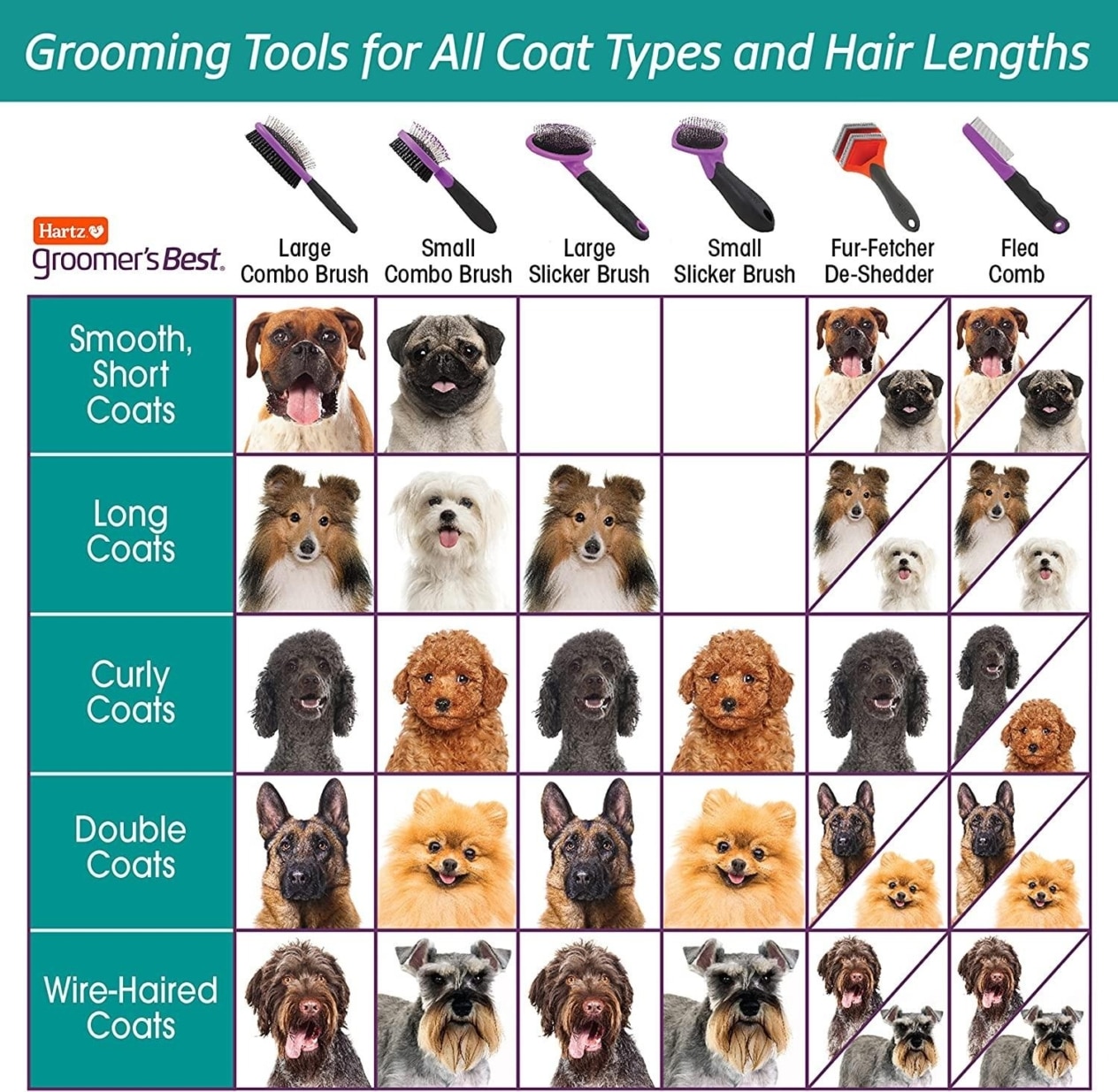
Types of hair in dogs and cats – and how this affects the choice of tool
Before buying a comb, you need to honestly answer a simple question: what kind of hair does your Pet have? And this is not about “long” or “short” – it means the structure, the presence of undercoat, density and type of hair growth. Absolutely everything depends on it.
1. Short-haired without undercoat
This group includes breeds like Doberman, French Bulldog, Staffordshire terrier. Such animals do not have fluff under the main coat, and the main task is to collect dead hairs and make a light massage of the skin. For this purpose, rubber or silicone brushes, gloves, or very soft brushes with natural bristles are suitable. If you use a furminator or a fluffer, you can easily injure your pet or cause itching.
2. Short-haired with undercoat
Examples – Labrador, British cat. Here there is a soft, dense undercoat under the top hair, which is especially active in spring and fall. Such a coat needs a good furminator or a metal brush that reaches into the deep layers. But not daily – because you can also extract healthy fluff. For regular grooming, it is better to use massage brushes that gently stimulate lymph flow.
3. Long-haired with a dense undercoat
These are Spitzes, Maine Coons, Siberian cats, Collies, Samoyeds. This is one of the most fastidious types of wool. It is easy to pile, it collects moisture, and in the undercoat can “hide” a lot of dust and wool. Here you need a whole army of tools: a comb with sparse teeth for untangling, a fluffer for combing out the undercoat, a finishing brush. If you use only one tool, the coat will either be “fluffed up” or will quickly form tangles.
4. Long-haired with no undercoat
These are pets that often look like “hair instead of fur” – Yorkshire Terriers, Maltese, Shih Tzu, Chinese Crested. They do not have a fluffy undercoat, but have silky, long and often quickly tangled hair. Such hair can not be combed out with rough tools – it tears. You need a metal comb with wide and frequent teeth (sometimes with antistatic coating) and a soft brush with natural bristles for finishing combing. It is important for them to be combed out daily, otherwise they are guaranteed to get tangles.
5. Curly hair
Poodles, Bichon Frise, Portuguese Water Dog are typical examples. Their hair hardly sheds at all, but it grows constantly and has curls that easily bunch up into tight tangles. This requires a comb with frequent, fine metal tines (to reach deep between the curls), and a fluffer with flexible tines that won’t harm the skin. It is also necessary to untangle the coat before bathing, otherwise the water will only “cement” the tangles.
6. Hard-haired breeds
Foxterrier, Jack Russell, Zwerschnauzer, some terriers. Their hair has a stiff texture that does not fall out on its own – and that is why it needs not only to be combed out, but also manually “plucked” (stripping, trimming). Special trimming knives or stiff combs with narrow teeth are used for home care. If not properly cared for, this coat loses its structure and becomes “wrinkled” like an old brush.
7. Hairless or almost hairless breeds
Sphynxes, Don cats, Chinese Cresteds are hairless. It may seem that they do not need a comb. But it is not so, they should also be “combed” – only not for hair, but to stimulate the skin, remove dead cells and improve microcirculation. To do this, use soft rubber brushes, silicone mitts or simply massage with a damp cloth. The main thing is not to traumatize the delicate skin.
So, the type of hair is the first thing to consider before choosing a tool. And even if you have a mestizo – do not be frightened: you can determine the type by texture, density, the presence of undercoat and the direction of hair growth. Or you can contact a groomer, who will advise you in 2 minutes what type and what will suit you for daily home care.
What combs are available, what they are for and who they are suitable for
The pet grooming market offers an incredibly wide range of tools – from rubber gloves to furminators and combs. Here’s a selection of popular types with explanations of what situations they are really needed for.
Furminator
What it is: a tool with stainless steel teeth that cuts out loose undercoat.
For whom: dogs and cats with a double typical undercoat (Labradors, spaniels, Siberian cats, Spitzes);
When and how to use: during shedding, 1-2 times a week; not suitable for long hair without undercoat – may cause balding;
Pros: reduces the amount of hair at home, prevents hairballs;
Cons: careful application is mandatory – improper use can damage hair.
Slicker brush
What it is: a brush with fine iron bristles arranged densely and frequently;
For whom: medium to long hair, especially with tangles (Maine Coons, Persian cats, Collies);
When to use: regularly, to detangle and smooth hair;
Risks: the sharp tines can prick the skin, so it is necessary to move gently in smooth lines.
Pin brush
What it is: a brush with long metal or plastic teeth;
For whom: long hair (with or without undercoat), broken hair, medium wool breeds;
Advantages: detangles the top coat well, stimulates natural shine;
Disadvantages: does not work on deep tangles – only on the end of the wiskering.
Bristles
What it is: a brush with natural or synthetic bristles;
For whom: short-haired animals and final brushing for long-haired animals;
Use: in daily grooming for dusting and even distribution of sebum;
Effect: glossy, healthy looking coat, gentle touch.
Double brush
What it is: a combination of pin and bristle parts;
Who it’s for: a versatile tool for mixed or medium hair types;
How to use: first the pin side for untangling, then the bristle side for finishing;
Benefit: the convenience of saving multiple brushes in one tool.
Rubber or silicone brushes and gloves
What it is: massage tools with rubber spikes;
For whom: short-haired or hairless breeds, kittens, sensitive skin;
Advantages: massage, blood circulation stimulation, ideal for integrating the first grooming experience;
Disadvantages: do not collect undercoat, only massage the surface.
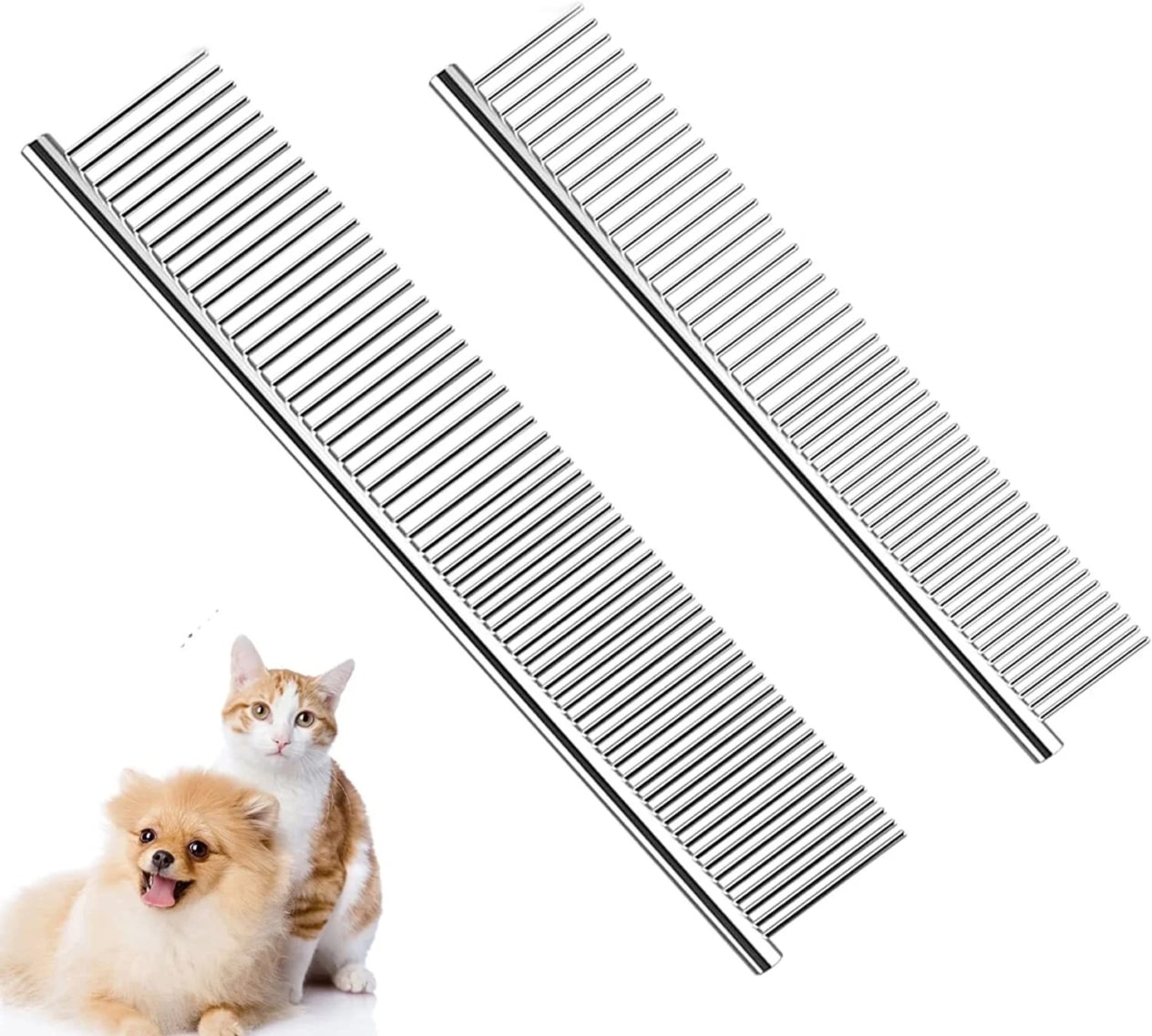
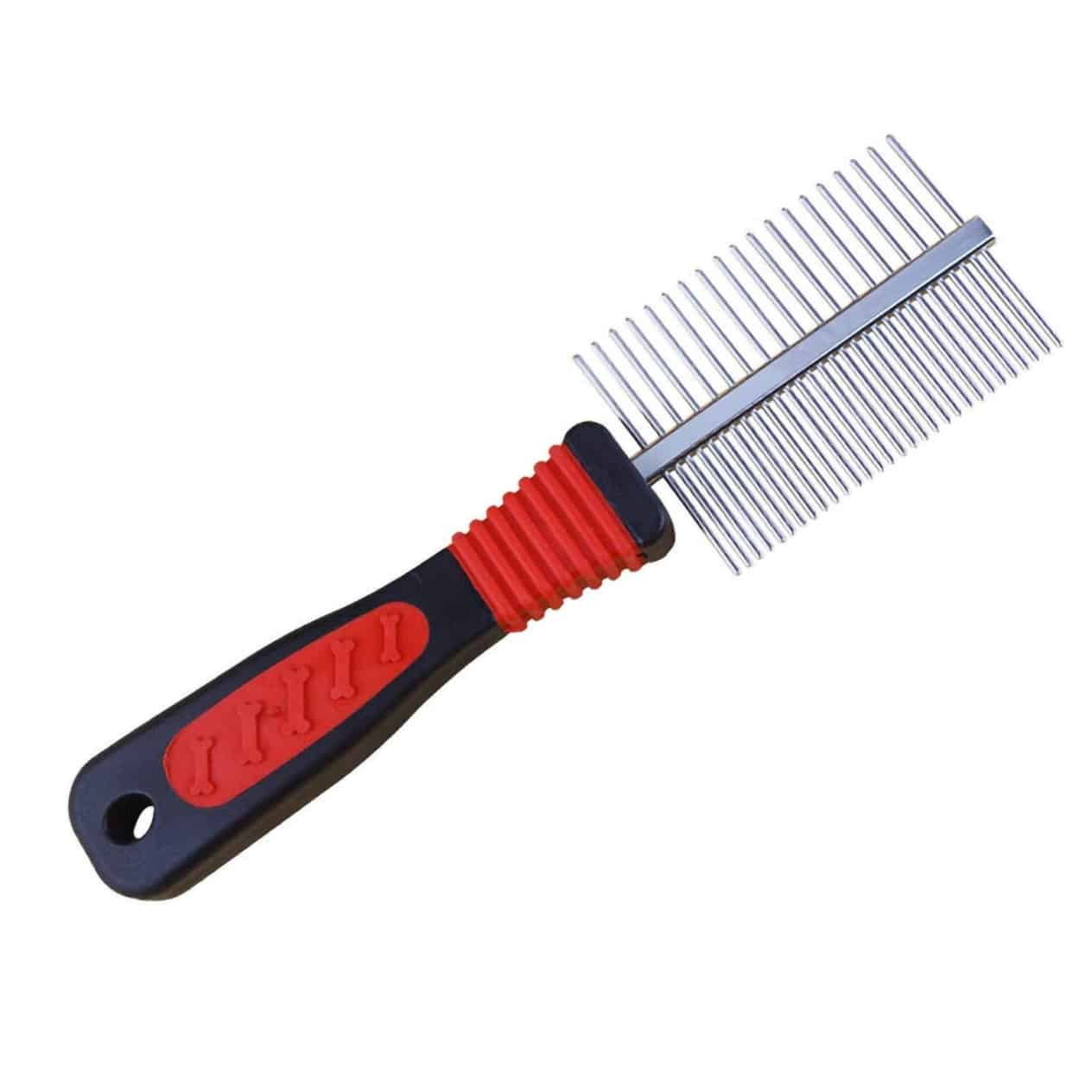
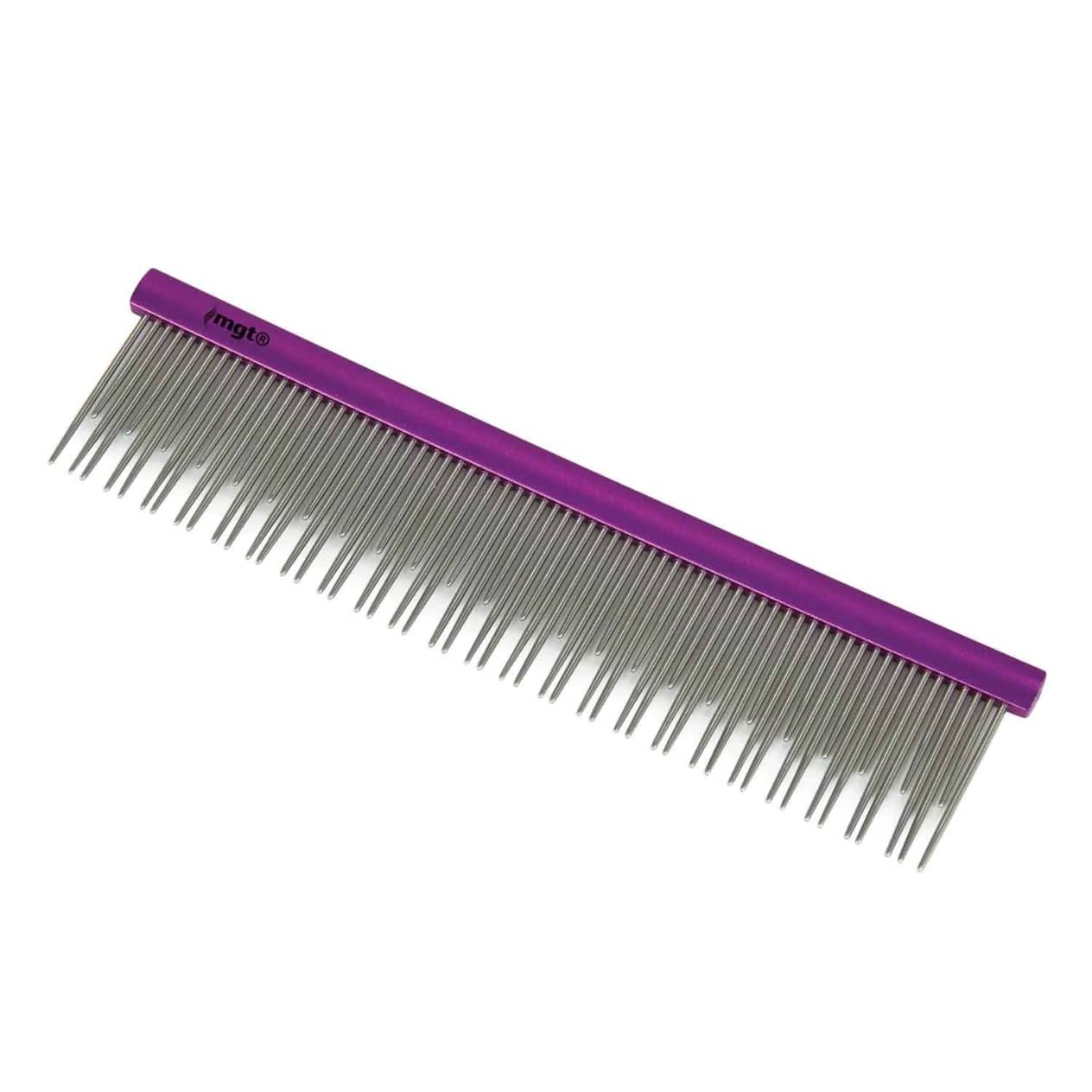
Grebentsy
There are several species:
Basic double-sided (wide + fine) – versatile, helps to find tangles and complete the hairstyle;
Flea comb – dense teeth for checking for parasites;
De-matting comb/rake – with slightly bent tines for combing out the collars painlessly;
Undercoat rake – wide fork for deep cleaning ofundercoat (Germans, Huskies).
Undercoat
What it is: a rubber brush with fine spikes;
For whom: smooth and unpretentious coats (Labradors, bulldogs);
Advantages: cheap, convenient for bathing, skin stimulation.
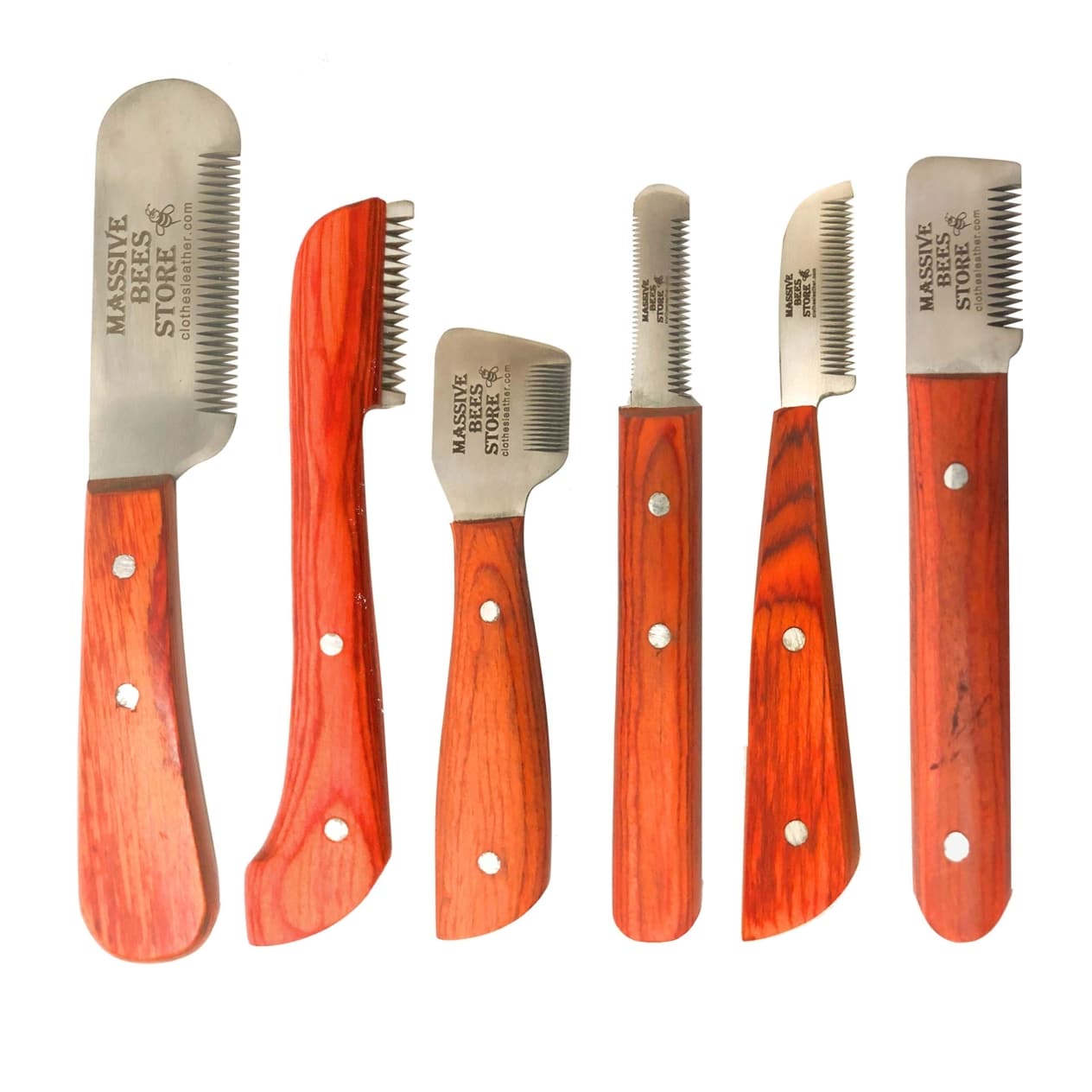
Conclusion
Brushing is not only a hygienic procedure, but also a way to show care, spend time together and better understand your Ponytail. The right tool facilitates this process, makes it pleasant for the animal and at the same time effective. Every coat has a different texture, density, behavior – and so is every tool designed for a specific task. Sometimes even several tools are a necessity for the health of the coat.
Groomers in our network often emphasize: it’s better to brush more often than infrequently, because even the most expensive brush won’t help if you use it once a month. Grooming salons often customize brush combinations according to breed and personality. It is ideal to have the same philosophy at home and in the salon: gently, regularly, lovingly.

